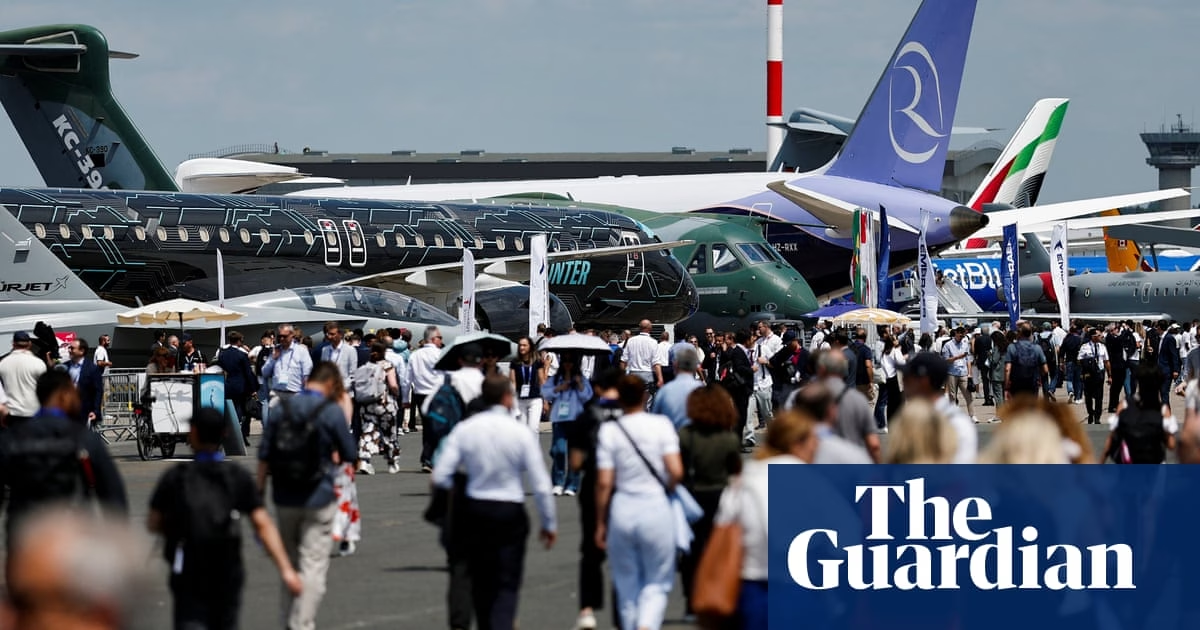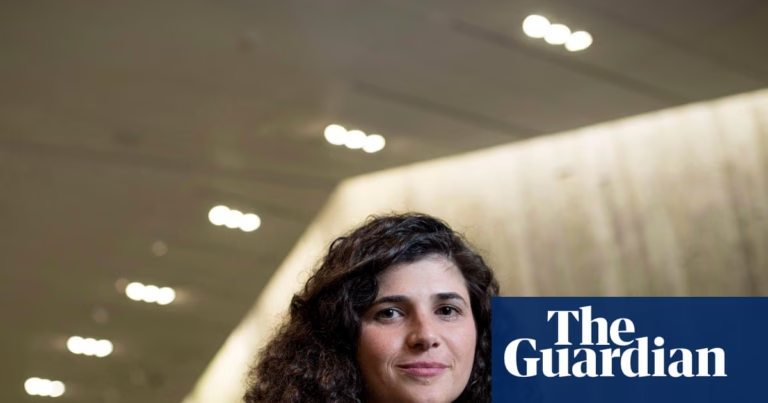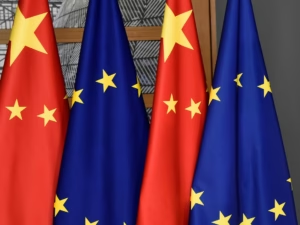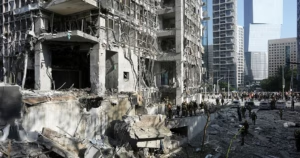More than 100,000 aviation professionals convened in Paris for an airshow, a significant event that combines aviation displays with conferences. The mood at the recent gathering was subdued due to the recent crash of an Air India flight in Ahmedabad, which killed 241 people. Investigators have recovered the black box from the plane to determine the cause of the disaster, and Boeing and GE Aerospace, the manufacturers of the 787 Dreamliner’s engines, have canceled many events out of respect for the victims.
The Paris airshow and its British equivalent, held alternately at Farnborough, typically feature a competition between Airbus and Boeing for the highest number of orders from airlines. However, Boeing’s recent crises, including two deadly crashes of the 737 Max in 2018 and 2019, have given Airbus an advantage. Airbus announced the most orders, while Boeing had no orders to announce.
Despite these challenges, demand for air travel is expected to remain strong. Airbus anticipates the need for 43,600 new planes by 2044 and expects the industry to grow significantly by 2030. Rolls-Royce, traditionally specialized in powering widebody planes, is now eyeing the growing narrowbody plane market and is seeking government funding for the development of its next generation of jet engines.
The UK’s defense strategy also featured at the airshow, with Rolls-Royce playing a key role in developing nuclear reactors and engines for various military projects, including the Tempest jet program. The event also revealed tensions in another European weapons project, a sixth-generation fighter jet program between France, Germany, and Spain, with potential disputes over who should lead.
Overall, the Paris airshow highlighted ongoing challenges and competitions within the aviation industry and the need for increased military spending in Europe.
Source: https://www.theguardian.com/business/2025/jun/20/paris-airshow-in-subdued-mood-after-deadly-air-india-crash









